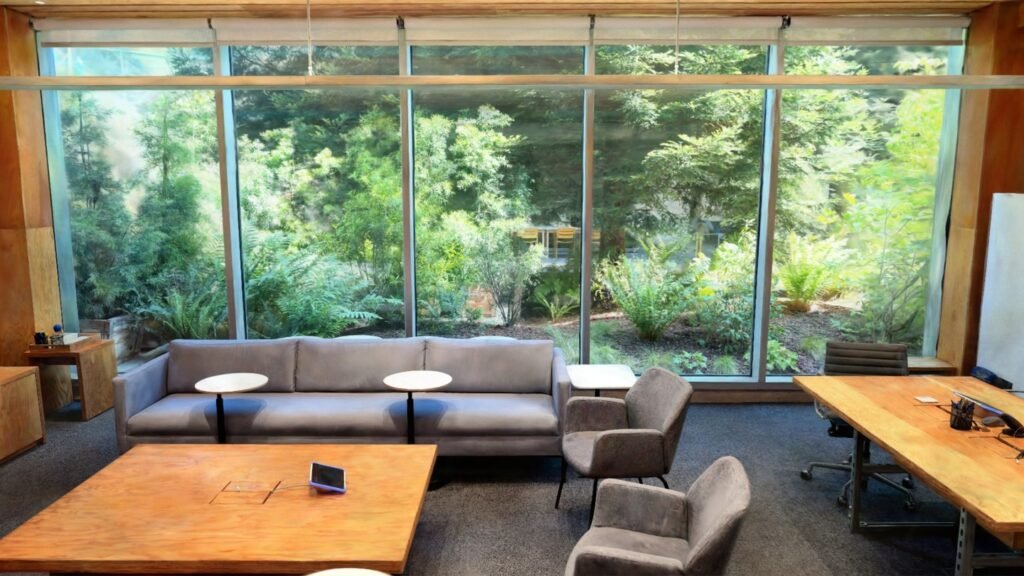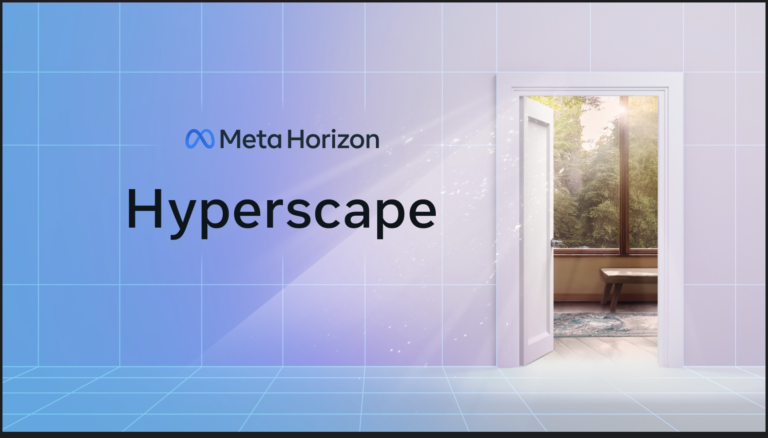Meta Horizon Hyperscape is vision of the looked at high-resolution, immersive VR worlds and on Lite edition declared for Quest 3 before some days in a new playable Reality Lab demo. It provides a very different virtual experience to anything we have seen before; sitting users within 3D scans of real world places with unprecedented visual quality, thanks to Meta magic like Gaussian Splatting and cloud streaming. The mix of tech is unlike any we’ve seen yet a mash up that should fuse the digital and physical lip into a sort of uncanny valley for your home or office.
Table of Contents
What is Meta Horizon Hyperscape?
Aspect was selected to work alongside Meta Horizon Hyperspace, a brand new VR experience for Quest 3 and 3s users that offers the opportunity to visit detailed, 3D-reconstructed environments inspired by real-world locations. The new generation of realistic virtual reality is what Meta plans to achieve using high-resolution models and the rendering driven by Artificial Intelligence. Instead of typical VR spaces that are rebuilt from scratch, Hyperscape starts out with scans and uses photogrammetry technique to give a realistic feel as if you re there.
How Does Horizon Hyperscape Work?
The blend of discreet and AI-based rendering that powers Hyperscape’s photorealistic visuals is called Gaussian Splatting, which apparently creates vivid images by calculating light and depth for every pixel in the scene. That certainly does a great job of enabling some killer VR experiences, but at the expense that Hyperscape is incredibly dependent on cloud streaming and hence how good it looks will be directly proportional to your internet speeds. The faster your bandwidth the more realism you have on screen but, as expected with slow broadband speeds comes lower picture quality so less of a presence.
What Can You Explore in Meta Horizon Hyperscape?

Right now, real-world spaces in Meta Horizon Hyperscape are extremely limited but also highly detailed; studios and workspaces mostly. Obviously these are still pretty simple environments, but the detail level is impressive for how realistic each space feels given something as basic as textures and lighting. As Meta continues to refine its technology, there are probably all sorts of possibilities for broader categories such as cultural landmarks, nature reserves or public buildings.
Who Can Access Horizon Hyperscape?
Meta Horizon Hyperscape was only available in the United States at first but is now open to everyone globally. Meta’s wide distribution means that more people worldwide can experience Meta-rendered content and get a taste of some next-gen immersive VR.
What’s Next for Meta Horizon Hyperscape?
Meta Horizon Hyperscape represents only a demo experience in VR, but the entire idea of how video games will be played via Virtual Reality seems present. The technology could be the first glimpse of how Hyperscape might spread beyond games as Meta hones it and solves its network issues, it has potential applications in a variety of industries ranging from virtual tourism to real estate and educational settings. This photorealistic method could also open up VR experiences to be more social, enabling users to meet friends or go attend events within digital renderings of real-world locations.

